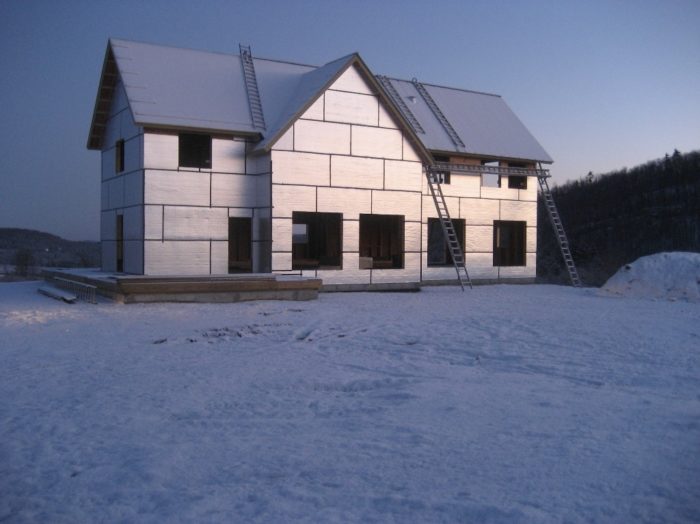
Image Credit: David Pill
After Two Years, NESEA Chooses a Winner
BOSTON, Mass. — An energy-efficient house in Charlotte, Vermont, has won a $10,000 prize offered by the Northeast Sustainable Energy Association (NESEA) for the best net-zero-energy building in the Northeast. Completed in August 2007, the 2,700-square-foot home was designed by the homeowners, architects David Pill and Hillary Maharam.
Monitoring data from January 2008 to January 2009 has confirmed that the home’s on-site 10-kW Bergey wind turbine produced 17 kWh more energy than the occupants consumed. While Pill and Maraham used 6,269 kWh of energy (6,094 kWh of electricity and the equivalent of 175 kWh of firewood), the wind turbine produced 6,286 kWh.
The $40,500 cost of the wind turbine and tower was partially offset by a $12,500 renewable-energy incentive.
An all-electric home
Space heating for the all-electric home is provided by a three-ton Econar ground-source heat pump. The Pill-Maraham house is the fourth house in the country to demonstrate 12 consecutive months of net-zero-energy performance, after the André Rambaud house in Hancock, Mass., the Habitat for Humanity house in Wheat Ridge, Colo., and the Doub/Childs house in Boulder.
In a 2008 interview, Pill explained that achieving the net-zero-energy target depends on occupant behavior. “I think a huge piece of this is homeowner awareness,” said Pill. “You could build a hundred energy-efficient houses like this, and each house would have different usage data.” The lure of a $10,000 prize undoubtedly helped everyone in Pill and Maraham’s family to remember to turn out the lights when leaving a room.
A controversial prize
NESEA first announced the $10,000 prize for a net-zero-energy house in March 2006. One year later, the only entrant was André Rambaud, whose 1965 off-grid home in Hancock, Mass., is powered by a homemade 8.5-kW micro-hydro system. In a controversial decision, Rambaud was denied the $10,000 prize, despite the fact that he documented several years of net-zero-energy performance.
David Barclay, NESEA’s executive director, defended the decision to deny Rambaud the prize. “André Rambaud is a very creative individual, and he has worked to achieve his own energy independence, but his example is an extraordinarily difficult thing to replicate,” said Barclay. “His submission is a really unique and special one, but one that is almost impossible to model.”
Rambaud concluded that NESEA was looking for a glitzier house with more up-to-date equipment than Rambaud’s homemade hydroelectric set-up. “What they are looking for is a house they can put on the Internet,” said Rambaud.
Weekly Newsletter
Get building science and energy efficiency advice, plus special offers, in your inbox.





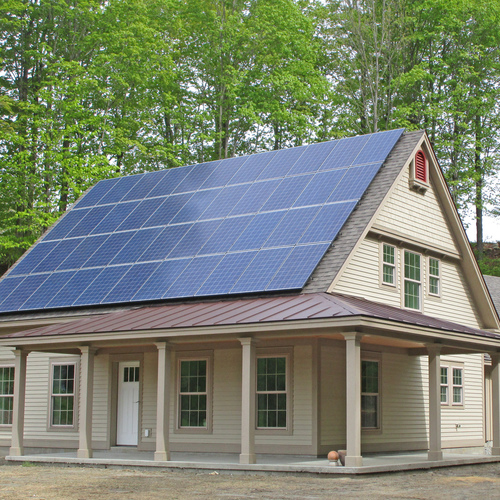
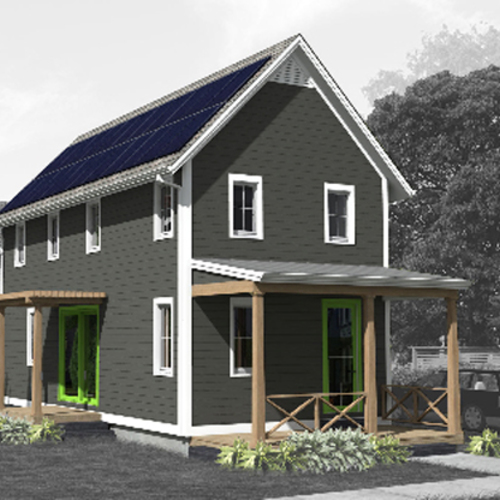
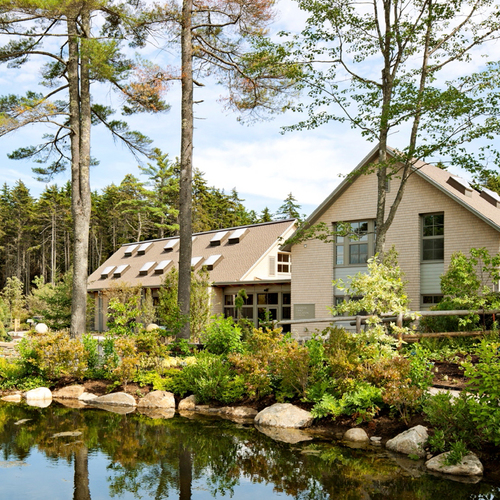
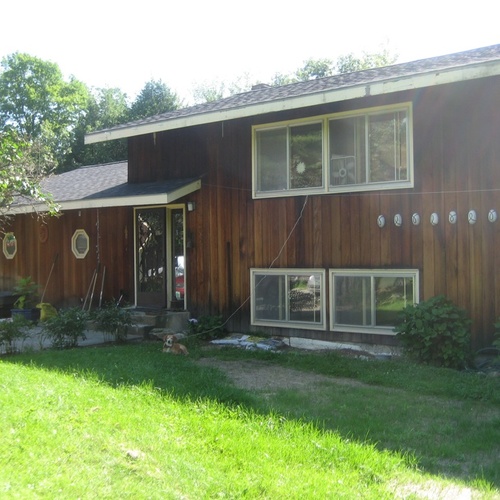






10 Comments
Net Zero or Off Grid?
Martin,
Was the "net zero" achieved by "selling" the surplus back to the grid or could this house maintain net zero without the "grid"?
Are the Amish allowed to enter the contest?
It's grid connected
John,
David Pill's house is grid-connected. On windy days, his turbine generates more power than the house uses, and he sells electricity to the grid. When winds are calm, his family buys energy from the grid. Over 12 months, the turbine produced more power than the house consumed.
As far as I know, there is no prohibition against Amish participation. The contest is open to any house in the six New England states plus New York, New Jersey, Delaware, and Pennsylvania, where many Amish live. An Amish family that uses kerosene and firewood would have to demonstrate that an on-site power source produced enough energy to balance the kerosene and firewood. As you probably know, some (but not all) Amish families have begun installing photovoltaic arrays on their farms.
1-kW Bergey Wind Turbine?
Surely you did not mean 1-kW wind turbine. A 10-kW would be more likely to cost $40,000 and provide enough energy for a low energy use all-electric home (about 7500 kWh with an average wind speed of 4 m/s).
Thanks for the correction
David,
Of course you're right; it's a typo. I will correct the article now.
3-Ton House
Martin,
Having put in a ground source heat pump as part of an additon/renovation I am well aware of the design and sweat effort that David Pill put into his home and congratulate him for building something that is far superior to the vast majority of homes out there.
For all the effort that I put into my house I have come to realize how simple and elegant the Passive House design philosophy is. Net Zero is a nice idea, but it adds many more layers of complexity that the typical home-owner is not likely to understand, (as an example, I have had to show a tenant in a property I once managed how to flip a breaker) and requires additional highly skilled contractors to be involved with the project, making project managment that much more challenging. Reducing the number of trades that have to be scheduled (and possibly tutored on energy efficient building) will make the successful implementation of integrated designs more achievable.
When all is said and done it is a three ton house, much much bettter than most homes, but still three tons.
We need to simplify the design philosophy; add more insulation, improve the building envelope, and resist mechanical solutions to providing a comfortable interior environment when they can be resolved with the thoughtful aplication of building science at the design phase.
We can get pretty excited with our technological marvels and yet lose sight of our real requirements. Keeping the occupants of a static object, a home, comfortable is not as challenging as we make it out to be if we start from the approach that Passive House takes.
That said, the amount of energy that a Passive House needs to be net zero is pretty low, and that much more affordable. In the future I can see most designs converging on the Passive House approach.
As always I look forward to your writing. Are you still writing for EDU?
Cheers,
Andrew
Envelope details
Andrew,
I agree that the Passivhaus approach makes a lot of sense. David Pill included excellent envelope details, however: 4 inches EPS under the entire basement slab; R-20 basement wall insulation; R-40 above-grade walls; and R-60 roof insulation. For windows, he chose triple-glazed Thermotech windows with two low-e coatings (U-0.17).
I'm no longer writing for EDU, which is now in the capable hands of editor Jon Vara of Marshfield, Vermont.
What about source energy?
Does the contest acknowledge, as John Brooks may have alluded to, that a given amount of electricity delivered to a site through the grid typically represents three times that amount at its source? EBN did a good analysis of what "net zero" really means here:
http://www.buildinggreen.com/auth/article.cfm/2005/10/1/Getting-to-Zero-The-Frontier-of-Low-Energy-Buildings/
Thanks for reporting on the Rambaud house. I think NESEA made the wrong decision there -- no disrespect to the Pill house, but we need to encourage more home-grown industry and inventiveness.
Enclosure First
Andrew Henry, Very well said.
The solution is the enclosure not the add-ons.
I do not want to see a wind generator or PV strapped onto our Architecture.
Aesthetics matter. Passivhaus IS THE ANSWER.
The Passivhaus concepts will work with any Architectural style, any climate and any neighborhood.
Wolfgang Feist is the man with a plan.
http://www.passivhaustagung.de/Passive_House_E/energyefficiency.html
Site energy, not source energy
Tristan,
As far as I can tell from examining the NESEA Excel spreadsheet used to report energy purchasing and energy use data for consideration by prize judges, the contest considers site energy only, not source energy. Therefore a homeowner who purchases 1 kWh of electricity from the grid is assumed to have consumed 3,413 Btu of energy, even if the electricity came from a thermal plant that burned 9,000 Btu of coal to produce and deliver the 1 kWh of electricity to the customer.
A case study of this house
Readers interested in learning more about the Pill-Maharam house can read the GBA case study here:
https://www.greenbuildingadvisor.com/homes/energy-comes-sun-wind-and-earth-vermont-leed-platinum-home
Log in or create an account to post a comment.
Sign up Log in